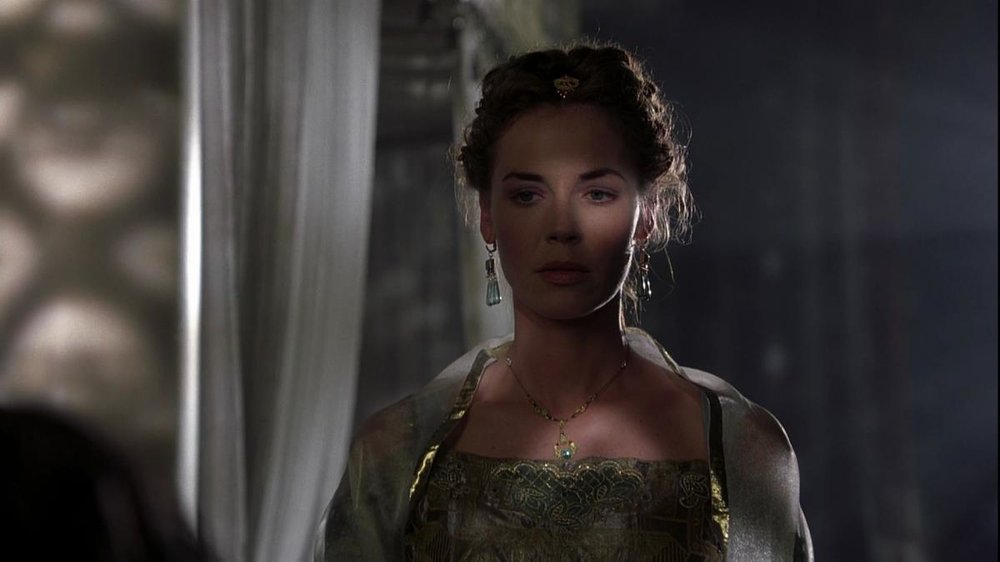-
Posts
11 -
Joined
-
Last visited
About Derek Stettler
- Birthday 02/15/1992
Profile Information
-
Occupation
Student
-
Location
Houston, TX
-
My Gear
I own a Canon DSLR, worked with all RED cameras and Blackmagic Cinema Cameras
-
Specialties
I have a deep love and interest in the art and science of cinematography.
-
Hey everyone, I haven't worked with smoke/haze/fog before and I'm interested in learning the best way to create atmosphere on a set that's safe for actors/crew who may be asthmatic or very sensitive. In your experience, what's the best way to go? Smoke machines? Fog machines? Oil based? Water based? Any special non-toxic, non-allergenic formulas? Any secret tips to creating the effect in the safest, most pleasant way possible for cast and crew to be working in? Thanks so much!
-

4K "Lawrence of Arabia"
Derek Stettler replied to Chris Keth's topic in On Screen / Reviews & Observations
I absolutely agree on that one. Curious though: does anyone know the current resolution of digital IMAX projection? -

4K "Lawrence of Arabia"
Derek Stettler replied to Chris Keth's topic in On Screen / Reviews & Observations
I saw it and it was absolutely spectacular, especially since I grew up watching it on VHS and then DVD. Vivid, sparklingly clear picture quality and Maurice's score resonating throughout the theatre... this was an experience I'll always cherish. I should also note that I saw it in the same theatre where I saw Samsara earlier this year. In case some of you don't know, Samsara is a new film that was shot entirely on Panavision 65mm, and like Lawrence, it was digitally scanned at 8K and projected at 4K. Without a doubt, Samsara had the highest visual quality of any film I've ever seen, and to see Lawrence in the same theatre after going through a similar digital workflow, I naturally compared them... and it was fantastic to see how the image quality held up so well, especially considering that Lawrence was made 50 years ago. I'm convinced that 4K is the future of exhibition, there's no need to go any higher except in acquisition. -
I'm very curious as to how the astonishingly realistic scenes of illuminated planets with details and even atmospheric glow, as well as all the stars in the background, were achieved in films like 2001, Alien, and the first Star Wars films. How was this done before CGI? Certainly they didn't use matte paintings composted into the frame because matte paintings generally look flat and certainly don't give off their own light. Thanks so much!
-
I've been reading a bit about anamorphic lenses and how they work, but I'm curious about a few things: 1. Are anamorphic lenses essentially designed to have specific, controlled astigmatism, where one meridian of the lens has a different focal length than the other? What's the difference between a lens with astigmatism and an anamorphic lens? 2. Related to the first question, if anamorphic lenses have two different focal lengths, how is it that the squeezed image projected onto the film is completely in focus? The affect of having two different focal lengths should mean that only one meridian would be in focus at a time, right? 3. When using a motion picture camera using anamorphic lenses, does the viewfinder have to be changed every time a different lens is placed on the camera? If not, then how is it that one single viewfinder can correctly decompress the image projected from different anamorphic lenses? 4. I've noticed that the characteristic anamorphic flare is always blue. I assume this is due to the antireflection coatings, but lens flare in spherical lenses can have different colors depending on the particular coatings used on different lenses. So does that mean anamorphic lenses all use the same AR coatings? If not, then why is the flare always or almost always blue? Thank you so much. I'm a student who has, as yet, never used a motion picture film camera or anamorphic lenses, but I'd like to someday and so I want to learn about them and how they work.





